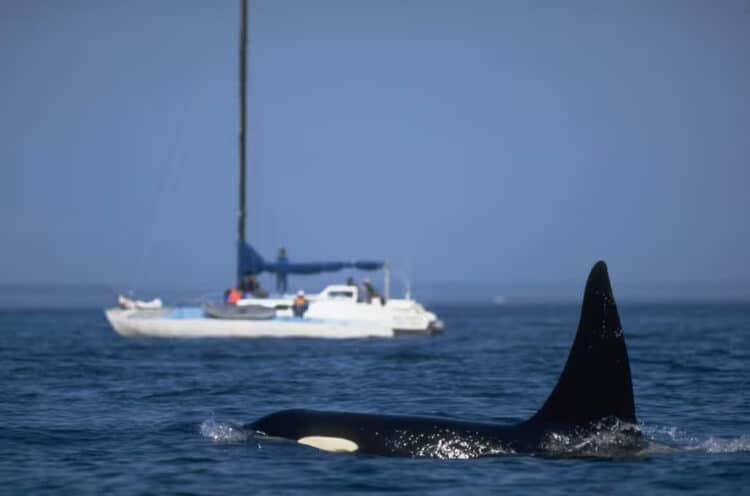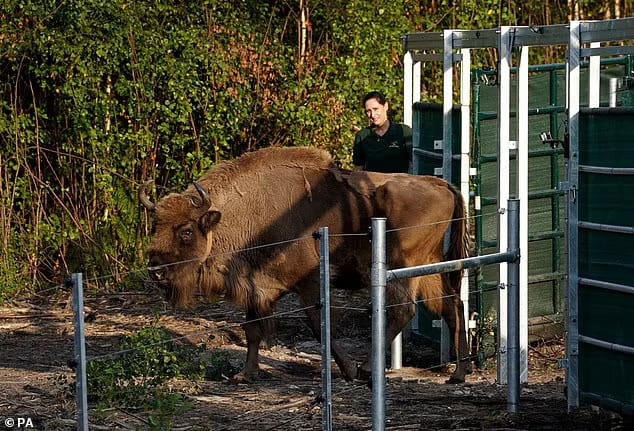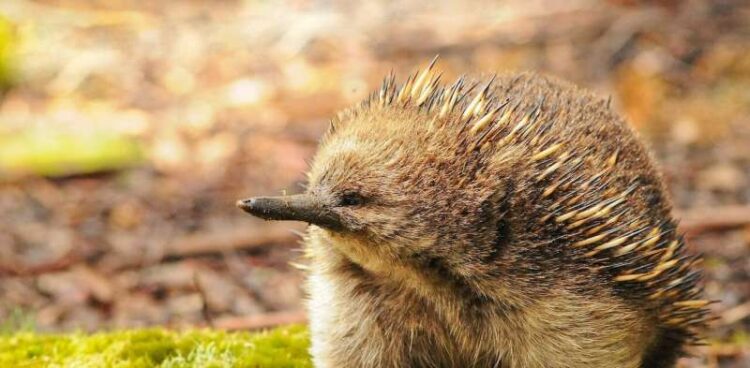A creature that humans came very close to obliterating now offers hope that we may be able to find ways to tackle one of the most pernicious environmental poisons, say scientists.
Their research has revealed that one of the world’s most isolated aquatic mammals, Arctocephalus philippii, can tolerate high levels of cadmium, as well as other metallic pollutants, without suffering ill effects.
A. philippii is the second smallest species of fur seal and lives only on the Juan Fernández archipelago and one or two nearby islands in the Pacific Ocean, hundreds of miles off the coast of Chile. It was here that sailor Alexander Selkirk was marooned from 1704 to 1709, an experience that was fictionalised by Daniel Defoe in Robinson Crusoe after whom the archipelago’s main island is now named.
In the early 18th century, the shores of Robinson Crusoe island teemed with Juan Fernández seals. However, the animals were hunted for their fur and meat with such vigour that around 4 million are now thought to have been slaughtered. By the 19th century, the species had disappeared and was believed to be extinct until, in the 1960s, a small colony was found in a cave on the island.
Since then, the Juan Fernández seal, which has become a protected species, has slowly recovered and has a population of around 80,000 living on the island’s rocky shores, according to the most recent figures. Adults forage at sea while pups are born in November and December with soft black fur that fades to light brown in a few years.
Little else was known about the seal’s detailed biology until scientists began studying the Arctocephalus philippii in detail recently – making some startling discoveries in the process. “We collected samples of their faeces and found they contained extremely high levels of cadmium and other elements such as mercury,” said Constanza Toro-Valdivieso of Cambridge University’s conservation research institute.
“The discovery was very surprising,” she said. “Cadmium is poisonous to mammals but somehow these seals were processing it and passing it through their digestive systems and seem to be suffering little harm in the process.”
Apart from the seals’ unexpected ability to tolerate high levels of cadmium, there was also a puzzle about its source. “The soil on the island is low in cadmium and so is the water around it,” said Toro-Valdivieso. “So where was the cadmium coming from, we wanted to know?”
The answer appears to be that it probably came from food the seals ate, scientists concluded. “Some species of seal, like the Antarctic fur seal, have a diet rich in krill which they catch locally. However, Juan Fernández seals eat lots of squid and fish, and females are known to travel up to 500km to catch their prey.”

In doing so, the seals would have to travel through the South Pacific gyre, a huge, rotating ocean current in which all sorts of debris gets trapped. “It is here they are most likely to come in contact with cadmium,” said Toro-Valdivieso, who has been studying the species for several years. The debris swept into the gyre includes man-made polymers containing cadmium, it is speculated, and this is being picked up by fish and squid and then ingested by the seals. “That is the most likely the source of the cadmium,” said Toro-Valdivieso whose team has just published a paper on their research in Royal Society Open Science.
However, identifying the source does not explain how the Juan Fernández fur seal manages to shield itself from ingesting a substance so poisonous to other mammals. High levels were found not only in its faeces but in the bones of seals that had died of natural causes. The researchers also found high levels of silicon in their bones, which may be offsetting the impact of cadmium, they suggest.
“The discovery that these animals appear to tolerate high levels of cadmium in their bodies has important medical implications, and it is very important for us to find out exactly how the Juan Fernández seal achieves this,” said Toro-Valdivieso. “It could be something to do with the animal’s genes or something else completely. It is an issue that we are hoping to follow up over the coming years. These animals have a lot to tell us.”
This article by Robin McKie was first published by The Guardian on 29 April 2023. Lead Image: Juan Fernández fur seals. The species was hunted to the brink of extinction. Photograph: Eduardo Sorensen/OCEANA.
What you can do
Support ‘Fighting for Wildlife’ by donating as little as $1 – It only takes a minute. Thank you.
Fighting for Wildlife supports approved wildlife conservation organizations, which spend at least 80 percent of the money they raise on actual fieldwork, rather than administration and fundraising. When making a donation you can designate for which type of initiative it should be used – wildlife, oceans, forests or climate.







Leave a Reply